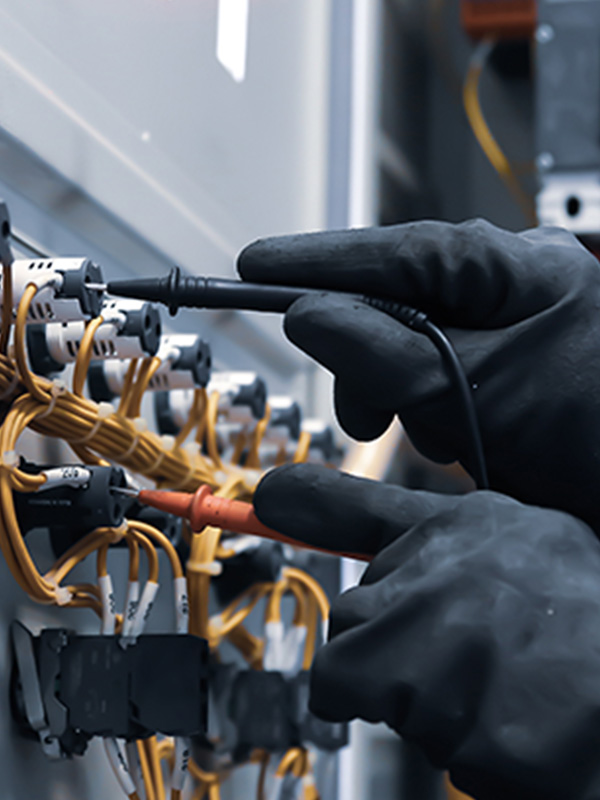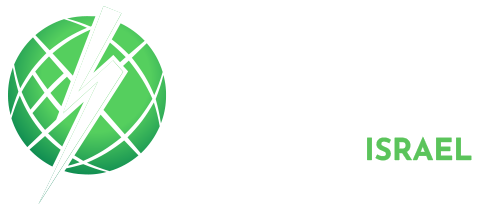A3.
Mission
To facilitate and promote the progress of engineering and international exchange of information and knowledge in the field of transmission and distribution equipment above 1KV. To add value to this information and knowledge through synthesis of advanced practices and development of recommendations.
Scope
SC A3 addresses issues throughout the lifecycle stages of asset management; from conception, through research, development, design, manufacturing, deployment, operation and end of life. At all stages, technical, safety, economic, environmental and social aspects are addressed, as well as interactions with and integration into the evolving power system and environment. All aspects of performance, specification, testing and implementation of testing techniques are within range, with specific focus on the impact of interactions and changing requirements due to power system evolution. Lifecycle assessment techniques, risk management techniques, education and training are also important aspects.

Main Areas of Focus
Study Committee A3 tracks technological developments and socio-economic factors in the changing electricity industry. These factors have a direct impact on the advancement and development of transmission and distribution systems and thus on medium, high and ultra-high voltage equipment. Current trends include the following:
Impact of inverter-based technologies on T&D equipment. Changing equipment requirements under bi-directional power flows, increased stress on T&D equipment. Impact of severe weather on equipment. Impact of harmonics on T&D equipment. Integration of intelligence within equipment. Improved reliability with advanced sensors and measurements, lifetime management, virtual and augmented reality. The interaction of T&D equipment with future high voltage networks, including increased introduction of distributed generation. Deregulation and electricity trading requiring optimization of energy flow in networks and increased focus on overload capabilities and characteristics. MVDC and some HVDC equipment. Growing demand for equipment with greater capacity especially for UHV equipment. Increasing maximum short-circuit power in networks. Implementation of intelligent equipment enabling integration within advanced control and protection schemes. New technologies and possible alternatives to currently used high voltage equipment including new switching devices, fault limiters, insulation systems and voltage and current measurements. All aspects of life management, condition assessment and diagnostics. Growing awareness of environmental issues, including concern about SF6 as a greenhouse gas. Reduced depth of expertise in the industry requiring more training and international collaboration.


